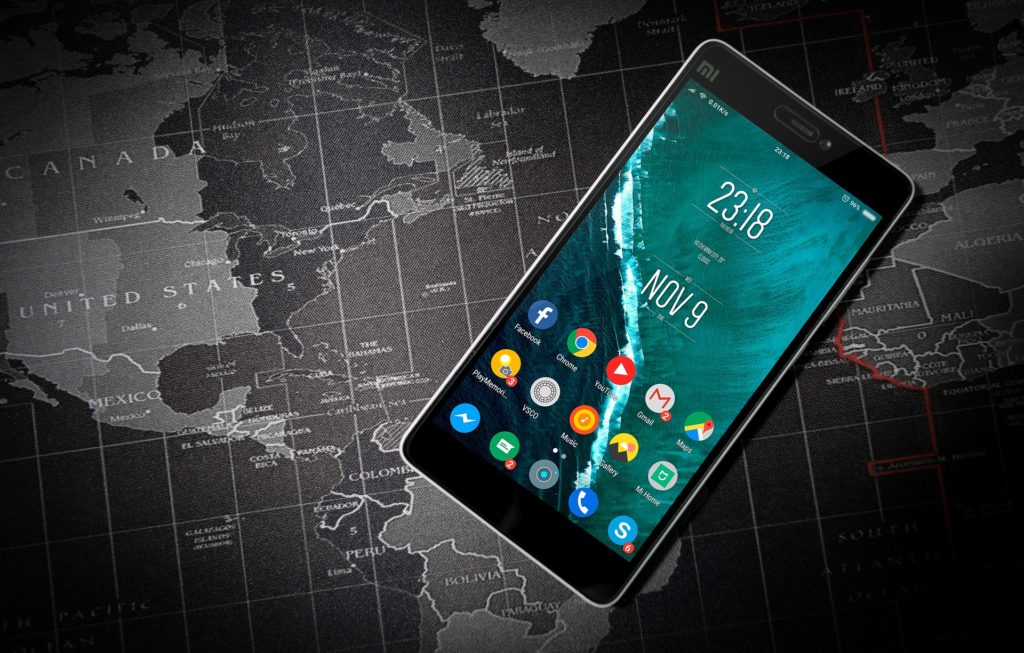In November 2017, Afghan Wireless proudly announced the expansion of its recently launched 4G LTE network to Afghanistan’s western city of Herat. The network has been a major success since it was first rolled out in Kabul in spring 2017, and this rapid expansion of the network to include Herat is another powerful demonstration of AWCC’s status as the country’s leading telecommunications company. At present, AWCC is still Afghanistan’s only provider of 4G LTE services.
For such an important and beneficial new technology, however, myths and misconceptions about LTE still abound—perhaps not entirely surprising, given how quickly mobile technology is evolving these days. If you’re still struggling with misunderstandings as to what LTE is all about, read on for a handy guide to separating LTE myth from fact.
Myth: LTE is just about smartphones.
Fact: While it’s true that LTE was originally developed in response to the need for better communication bandwidth for smartphones, the potential applications of the technology go far beyond just making it easier for smartphone owners to watch YouTube videos on their devices. In fact, LTE has proven to be a robust and effective communication protocol for machines connected to each other by the Internet of Things (IoT). Today, LTE is being used for drone control, vehicle telematics (or remote monitoring of vehicles), precision agriculture applications, and environmental sensors, to name just a few of the many emerging fields that are leveraging this useful technology.

Myth: LTE is just about data.
Fact: On the contrary, LTE supports many applications that don’t rely on mobile data, including VoIP-based voice calls and messaging applications like SMS. Far from being a data-only service, LTE boosts communication bandwidth overall, so that even data-free mobile users can benefit.
Myth: The only advantage of LTE is higher connectivity speeds.
Fact: High-speed connectivity is certainly a major advantage of LTE, but it’s not the only one. Interestingly, by delivering better high-speed capability, LTE also makes it easier for carriers to better serve medium and low data-rate devices. When carriers upgrade to LTE, they essentially create extra capacity that allows them to improve cellular connectivity at a variety of bandwidths, not just at the high end. This means that users who may not have devices that support 4G LTE can still benefit from the overall network upgrade. The extra capacity is also useful given the increasingly widespread use of low-bandwidth IoT devices, like electricity or water meters, which can operate well using the low-speed LTE standard.
Myth: LTE has high power consumption.
Fact: The confusion around how much power LTE consumes is related to the misconceptions around the many applications for LTE technology, as described above. For example, the higher-bandwidth categories of LTE use in smartphones do have a marginally higher power consumption rate in order to achieve superior data rates. However, the lower-bandwidth LTE categories that are primarily designed to meet the needs of the IoT have much lower consumption rates.

Myth: LTE consumes more data.
Fact: This was a widespread myth during the transition from 3G networks to 4G LTE networks, when smartphone users feared that the higher connectivity and faster speeds offered by LTE were a trade-off for increased data consumption. However, that’s not the case at all—an app will require the same amount of data to download, and a video will require the same amount of data to stream, on a 4G LTE network as on a 3G network.
Myth: LTE coverage is poor.
Fact: In its early days, LTE struggled for market acceptance, but the technology is so widely used now that there is excellent LTE coverage across most of the globe. In addition, it’s important for consumers to understand that, even in areas without LTE coverage, connectivity is still available. Sometimes smartphone users mistakenly believe that using an LTE network is an all-or-nothing proposition. However, if a smartphone can’t find connectivity through an LTE network, 3G networks usually fill in those coverage gaps.
Myth: LTE networks are difficult to upgrade.
Fact: The migration from 3G networks to LTE may have been costly and complex, but that won’t necessarily be the case for future LTE upgrades. Today’s LTE deployments require a software update to the base station; because distributed and cloud-based stations are widely used, the days of extensive and costly hardware replacements are over.
Myth: LTE will soon be completely replaced by 5G.
Fact: While 5G technology is certainly on the horizon, it’s far from ready to completely replace LTE deployments. Although current projections show 5G making its debut on the consumer market in 2020, most experts estimate that it will be phased in gradually. This means that providers currently offering 4G LTE coverage will still be the standard for many years to come, and LTE devices won’t be suffering from network incompatibility any time soon.

